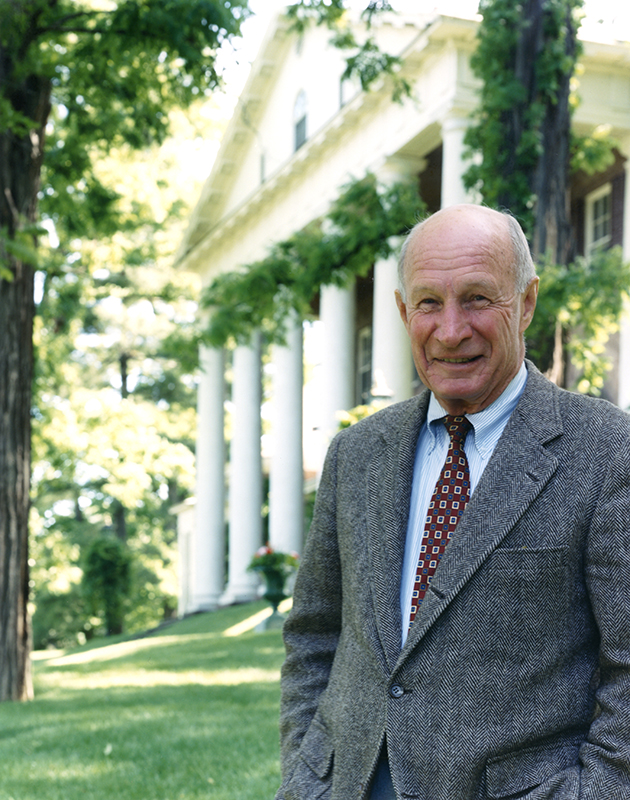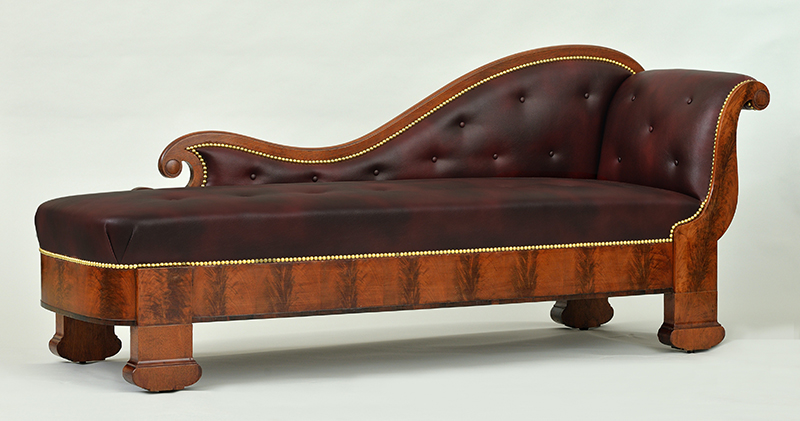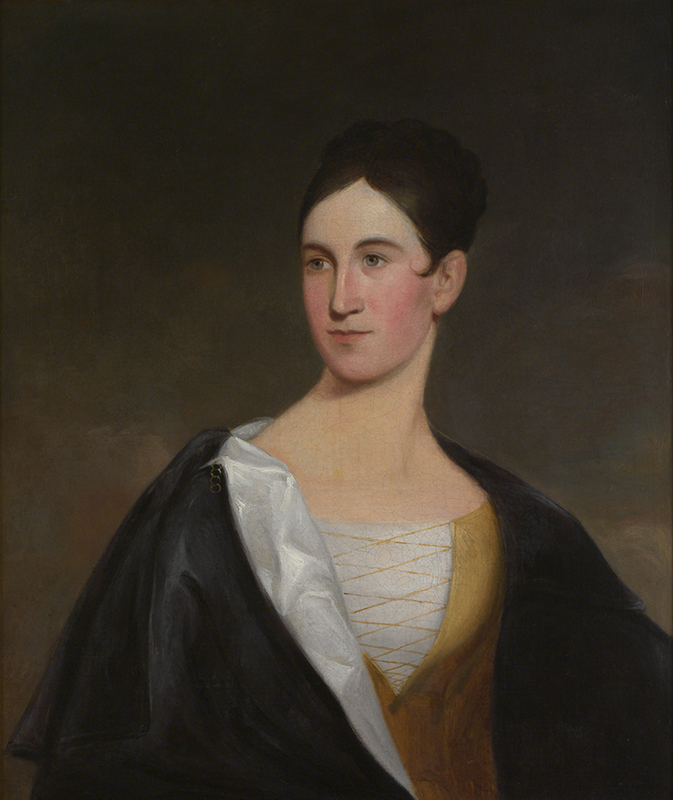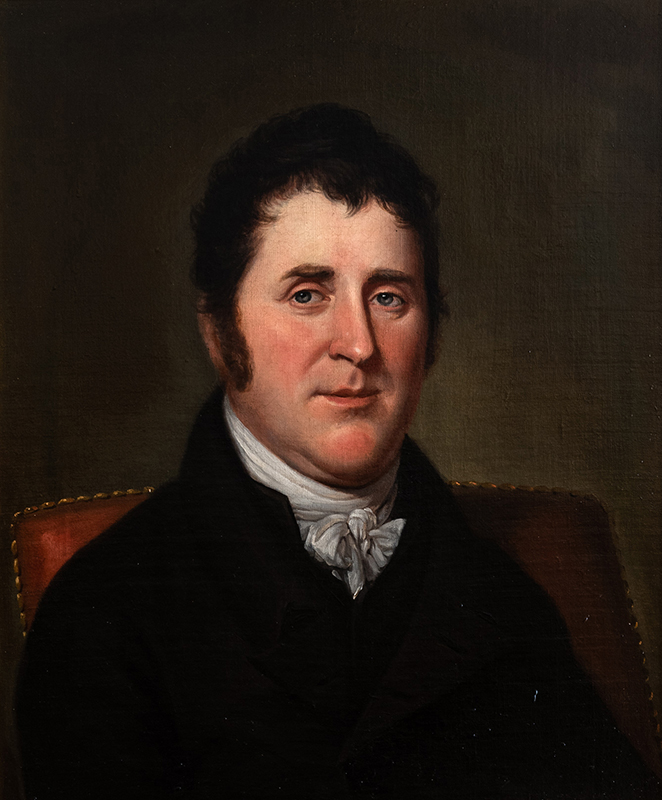Jenrette’s Legacy at Your Fingertips: CAHPT to Launch Collections Catalog
by Grant S. Quertermous
Classical American Homes Preservation Trust (CAHPT) is finalizing a redesigned website that fully reflects our educational mission. Sections focus on the architects, builders, and craftsmen associated with each of our houses as well as property history and information about the individuals who lived and labored at these sites. The website also features an important new component: a publicly accessible collections catalog. Slated to go live in July, the initial release includes full catalog records for a selection of objects from each of our sites in New York, North Carolina, and South Carolina. The online catalog will eventually feature records for every object in the CAHPT collection with detailed images. The catalog will be useful to a wide-ranging audience from scholars of Classical New York furniture to visitors seeking more information about an object they encounter at one of our properties.
Founded in 1993 by the late Richard H. Jenrette (figure 1), CAHPT now oversees a portfolio of four historic properties that he acquired and restored over a 50-year period. Assisted in the endeavor by his partner, William L. Thompson, Jenrette assembled an impressive collection of American decorative arts to furnish the houses. The Double Parlor at Roper House exemplifies Jenrette and Thompson’s approach (figure 2). Window treatments for the floor-to-ceiling windows were designed by David R. Byers III, and the carpet is by Scalamandre after a design by Thompson. Notable examples of New York furniture are featured, including many pieces attributed to the workshop of Duncan Phyfe. The portrait of George Washington over the mantle is by Harriet Cany Peale, copied from the well-known example by her husband, Rembrandt Peale.
Anyone familiar with our collection knows that Classical New York furniture is one of its principal components. As he narrowed his collecting focus, Jenrette assembled the largest private collection of Phyfe furniture, an initiative sparked by the patronage of Phyfe by the previous owners of two of his houses: Edgewater and Millford. A parcel-gilt, stencil decorated, brass-inlaid and mounted card table (figure 3) and its mate are located in the Drawing Room at Edgewater. The pair was formerly owned by Robert Donaldson, a known patron of Phyfe’s shop and owner of Edgewater from 1852 until his death in 1872. Recently reupholstered in faux leather based on surviving evidence of the original fabric, a couch (figure 4) was one of four used in the Entrance Hall of Millford together with two marble-topped sideboard tables and eight armchairs, all in walnut, which were commissioned from Duncan Phyfe & Son by John Laurence Manning, the builder of Millford. Complementing the range of Phyfe-related holdings, Jenrette acquired notable examples by the cabinetmaker’s New York competitors, including Charles-Honoré Lannuier, Michael Allison, and Joseph Meeks.
Jenrette and Thompson also collected contemporaneous porcelain, historic lighting, silver, antiquarian books, portraits, and engravings. They sought and acquired significant objects that were directly associated with each of our historic properties ranging from portraits of original owners to manuscripts and historic images. They were able to return a portrait of Susan Hampton Manning (figure 5) to the Entrance Hall at Millford along with the companion portrait of her husband, John Laurence Manning.
While their early forays into collecting were focused on English and Continental European antiques, Jenrette later underwent what he described as a “conversion to Americana.” Time spent antiquing throughout the Hudson River Valley contributed to this new focus, reinforcing the concentration on Classical New York furniture and allied fine and decorative arts made between 1800 and 1840. Painted for the Long Gallery of Charles Willson Peale’s Philadelphia museum, a portrait of Daniel Tompkins, who served as Vice President of the United States from 1817 to 1825, is one of several in the CAHPT collection depicting prominent 19th-century-New York politicians (figure 6).
Jenrette credited a coterie of individuals, whom he dubbed the “Empire Mafia,” for their assistance with and influence on his collecting. This group included Berry Tracy (1933–1984), the former head of the Metropolitan Museum of Art’s American Wing, as well as Georgia architect Edward Vason Jones (1909–1980) and the aforementioned decorator David R. Byers III (1921–1998), who played important roles in the redecoration of the White House through the Nixon, Ford, and Carter administrations. Jones and Byers also worked with Clement Conger on the creation of the State Department’s Diplomatic Reception Rooms in the 1960s.
During the past year, as cultural institutions temporarily closed in response to the COVID-19 pandemic and everything transitioned onto virtual platforms, those of us doing decorative arts research often faced an additional challenge in our work: how to easily access information about a specific object in a museum’s collection when that museum is closed and its curatorial staff is working remotely without access to object files or archival records. As someone who has both made and responded to numerous requests of this nature over the past year, I am especially glad that we are able to make the CAHPT collections catalog available.
Grant S. Quertermous is the Curator & Director of Collections for CAHPT. The collections catalog can be found at classicalamericanhomes.org.
A print version of this article was published in The Magazine of the Decorative Arts Trust, one of our most popular member benefits. Join today!






